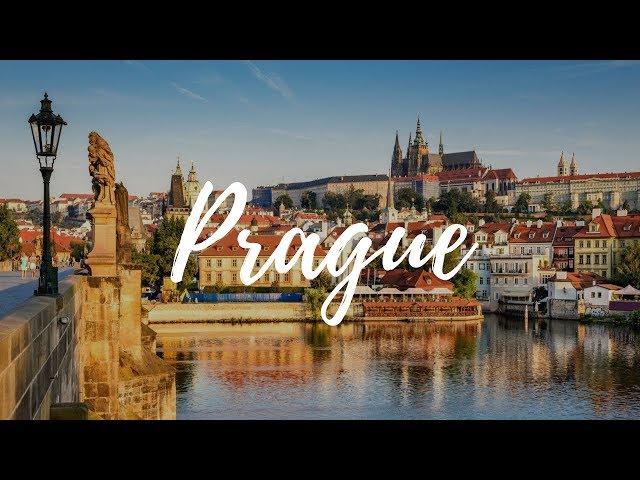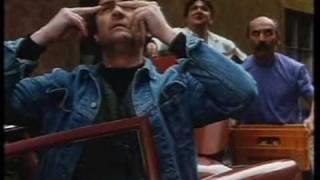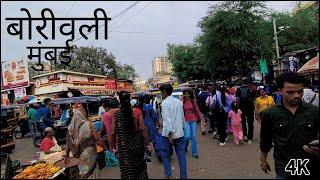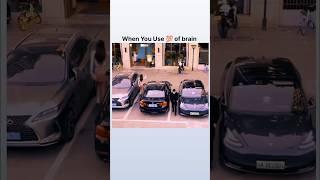
PRAGUE - Czech Travel Guide | Around The World
Prague (Czech: Praha) is the capital city and largest city of the Czech Republic. It is one of the largest cities of Central Europe and has served as the capital of the historic region of Bohemia for centuries. The city is famous for its unique medieval architecture, the historical centre of Prague is inscribed in the World Heritage List.
This magical city of bridges, cathedrals, gold-tipped towers and church domes, has been mirrored in the surface of the swan-filled Vltava River for more than ten centuries. Almost undamaged by WWII, Prague's medieval centre remains a wonderful mixture of cobbled lanes, walled courtyards, cathedrals and countless church spires all in the shadow of her majestic 9th century castle that looks eastward as the sun sets behind her. Prague is also a modern and vibrant city full of energy, music, cultural art, fine dining and special events catering to the independent traveler's thirst for adventure.
It is regarded by many as one of Europe's most charming, colorful and beautiful cities, Prague has become the most popular travel destination in Central Europe along with Vienna and Krakow. Millions of tourists visit the city every year.
Prague was founded in the later 9th century, and soon became the seat of Bohemian kings, some of whom ruled as emperors of the Holy Roman Empire. The city thrived under the rule of Charles IV, who ordered the building of the New Town in the 14th century - many of the city's most important attractions date back to that age. The city also went under Habsburg rule and became the capital of a province of the Austro-Hungarian Empire. In 1918, after World War I, the city became the capital of Czechoslovakia. After 1989 many foreigners, especially young people, moved to Prague. In 1992, its historic centre was inscribed on the UNESCO World Heritage List. In 1993, Czechoslovakia split into two countries and Prague became capital city of the new Czech Republic.
The Vltava River runs through Prague, which is home to about 1.2 million people. The capital may be beautiful, but pollution often hovers over the city due to its location in the Vltava River basin.
Václav Havel Airport Prague, (IATA: PRG), +420 220 111 111, +420 296 661 111. There are three terminals; Terminal 1 for non-Schengen flights and Terminal 2 for Schengen flights are connected whilst Terminal 3 for private jets is two stops away by bus. Located 20 km (12 mi) northwest of the city centre, it generally takes about 30 min to reach the city centre by car. The airport is served by a number of airlines, Czech Airlines (ČSA) being the national carrier operating the highest number of flights. Check airport website for list of all carriers and destinations.
Public transportation is very convenient in most of the areas visitors are likely to frequent. One key thing to note if you are staying outside of the the city centre is that public transport buses do not enter the historic districts (Old Town, New Town, Lower Town, etc.), so as to prevent air and noise pollution. One must transfer to a cleaner and quieter electric-powered tram or a metro before reaching historic areas.
Prague has more than 120 kilometer of bike paths to its disposal. This makes Prague a suitable city to discover by bike. Nowadays Prague can be seen as a real cycle city. This is confirmed by the great offer of cycle services and centres. There are several bicycle garages, bike rental and bike tour companies making cycling in this city change for the better. For more information and exact rules concerning cycling in Prague you can take a look at this website.
This magical city of bridges, cathedrals, gold-tipped towers and church domes, has been mirrored in the surface of the swan-filled Vltava River for more than ten centuries. Almost undamaged by WWII, Prague's medieval centre remains a wonderful mixture of cobbled lanes, walled courtyards, cathedrals and countless church spires all in the shadow of her majestic 9th century castle that looks eastward as the sun sets behind her. Prague is also a modern and vibrant city full of energy, music, cultural art, fine dining and special events catering to the independent traveler's thirst for adventure.
It is regarded by many as one of Europe's most charming, colorful and beautiful cities, Prague has become the most popular travel destination in Central Europe along with Vienna and Krakow. Millions of tourists visit the city every year.
Prague was founded in the later 9th century, and soon became the seat of Bohemian kings, some of whom ruled as emperors of the Holy Roman Empire. The city thrived under the rule of Charles IV, who ordered the building of the New Town in the 14th century - many of the city's most important attractions date back to that age. The city also went under Habsburg rule and became the capital of a province of the Austro-Hungarian Empire. In 1918, after World War I, the city became the capital of Czechoslovakia. After 1989 many foreigners, especially young people, moved to Prague. In 1992, its historic centre was inscribed on the UNESCO World Heritage List. In 1993, Czechoslovakia split into two countries and Prague became capital city of the new Czech Republic.
The Vltava River runs through Prague, which is home to about 1.2 million people. The capital may be beautiful, but pollution often hovers over the city due to its location in the Vltava River basin.
Václav Havel Airport Prague, (IATA: PRG), +420 220 111 111, +420 296 661 111. There are three terminals; Terminal 1 for non-Schengen flights and Terminal 2 for Schengen flights are connected whilst Terminal 3 for private jets is two stops away by bus. Located 20 km (12 mi) northwest of the city centre, it generally takes about 30 min to reach the city centre by car. The airport is served by a number of airlines, Czech Airlines (ČSA) being the national carrier operating the highest number of flights. Check airport website for list of all carriers and destinations.
Public transportation is very convenient in most of the areas visitors are likely to frequent. One key thing to note if you are staying outside of the the city centre is that public transport buses do not enter the historic districts (Old Town, New Town, Lower Town, etc.), so as to prevent air and noise pollution. One must transfer to a cleaner and quieter electric-powered tram or a metro before reaching historic areas.
Prague has more than 120 kilometer of bike paths to its disposal. This makes Prague a suitable city to discover by bike. Nowadays Prague can be seen as a real cycle city. This is confirmed by the great offer of cycle services and centres. There are several bicycle garages, bike rental and bike tour companies making cycling in this city change for the better. For more information and exact rules concerning cycling in Prague you can take a look at this website.
Тэги:
#prague #prague_travel #prague_guide #prague_4k #czech_travel #prague_nightlife #prague_airport #travel #travel_guide #around_the_world #czech_republic #honest_prague_guide #prague_girls #praha #prag #praga #czech #travel_blog #beer #visit_prague #prague_food #prague_hotelКомментарии:
PRAGUE - Czech Travel Guide | Around The World
Travel Time
lahden olut 2
asiallinenpeli
Puja lifestyle vlogs/ हम आज सबके लिए बनाएंगे चिकन/ kya banaa paunga/ #trending
puja lifestyle vlogs
ترس از اولین دخول یا واژینیسموس، علائم و درمان
Sogand Nataj
القرآنيون ينكرون سورة الفاتحة " العديرقاوي"موثق ! الشيخ مزمل فقيري 2025
المنهج السلفي بالسودان
ب 7 معالق من الدقيق فقط حضري فطائر صباحية في المقلاة سهلة سريعة بدون اختمار (فطائر 5 دقائق)
cuisine soumia طبخ سمية
24 September 2024
Evan Jaya


























